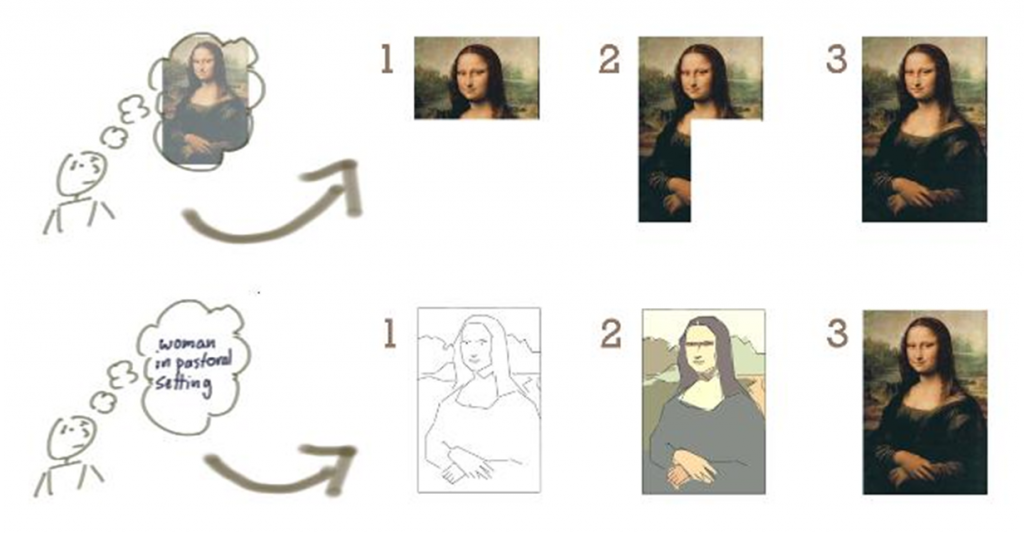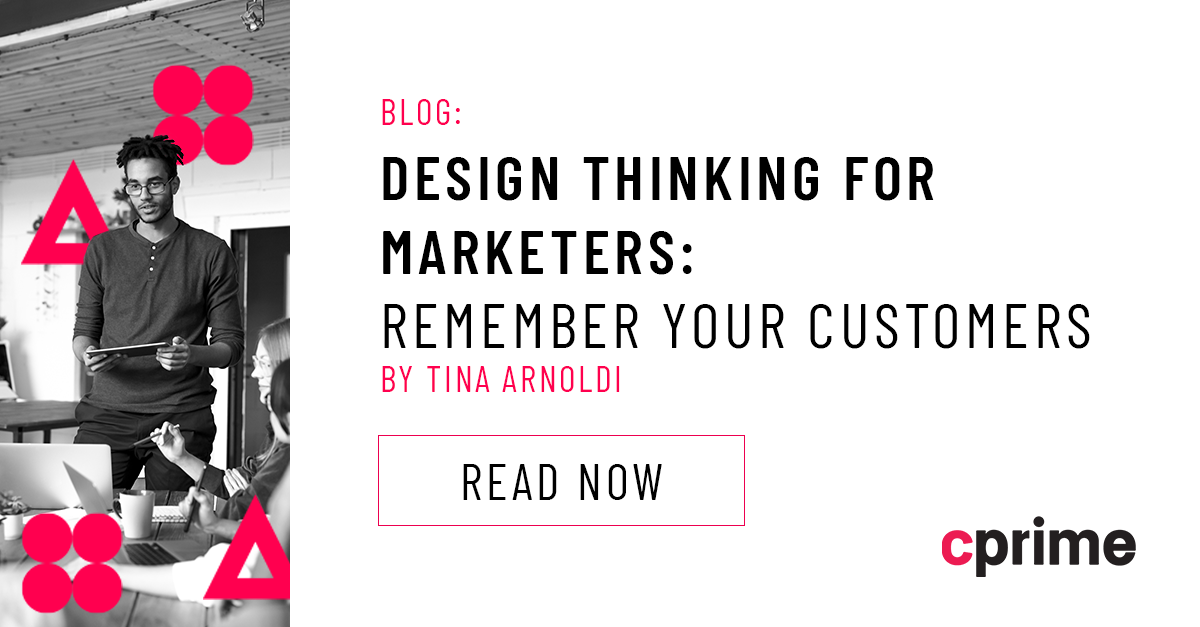Scrumbut Continued: We Don’t Use User Stories
Last time, I talked about how some Agile Marketing teams use Scrum but don’t hold daily stand-ups; and how that can come about for both good and bad reasons. That’s actually a true of just about every symptom of Scrumbut we’ll discuss, such as our next one:
“We use Scrum, but we don’t use User Stories.”
You probably wouldn’t be reading this post if you didn’t already know what a User Story is. In short, it’s a way to express a desired outcome without discussing how to achieve it. The typical format is:
“As a [role/persona], I need to do [some task] so that [desired outcome].”
The power of user stories lies in their ability to capture a need from the perspective of the person who has it without immediately getting lost in the details of how to meet it. For example, a company that makes tax prep software might have User Stories for small business owners like these:
“As the owner of a small business, I need to prepare my tax returns so that I minimize what I owe.”
“As the owner of a small business, I need to ensure my tax returns are accurate so that I don’t get fined.”
We don’t get hung up in the details of how to prepare taxes. We could meet those needs with a fancy app or an accountant with an abacus and a pad of paper. Of course, different solutions have various pros and cons, but the important thing is that we’re free to consider options so long as we achieve the desired outcome.
Some marketing people really struggle with User Stories. Sometimes it’s the awkward format. Sometimes it’s because people don’t actually know enough about their customers and potential customers to express their needs in the customer’s own words. If you fall into the latter, then you’re falling behind on a lot of modern marketing – concepts like content marketing and a buyer’s journey depend on truly understanding your customers. But that’s a topic for another time (and yep – it’s also a topic covered in my Agile Marketing class).
If you struggle to use User Stories because they just seem awkward, we can fix that right here and right now! First, realize that the Scrum framework does not require the use of User Stories – they’re an optional tool. Sometimes they seem awkward because you simply don’t need them. I always ask for examples when I talk with people who struggle with writing User Stories, and quite often it’s because they’re trying to use them in cases where they aren’t necessary. It’s like watching someone trying to hammer a nail with a crescent wrench. And yeah, I’ve done that too, though I’m not particularly proud of it.
So how do you know when User Stories are the right tool for the job? Simple!
- If you already know exactly what you want and how you want it done, then just say exactly that – you don’t need a User Story.
- If you know the outcome you want, but you’re open/flexible/clueless about how to achieve it, then a User Story is your friend.
My favorite explanation of this concept is the “Mona Lisa” example by Jeff Patton on his Agile Product Design blog:
Yes, it’s a blog for Agile software folks, and he’s actually explaining what iterative and incremental mean in software development, but the example works for this discussion of Agile Marketing too. If you already know you want a painting that looks exactly like the Mona Lisa, then just say exactly that. And the painter can incrementally create the painting, delivering exactly what you want over time. If you only know you want a painting that generally shows a woman in a pastoral setting, you can express that and work with the painter to iteratively work together, making progress and giving feedback until you achieve the desired outcome.
“OK, but how does this relate to agile marketing again?” Let’s go back to our tax prep software company:
The company is launching version 11 of its flagship product, TaxBoss, and the marketing team is going to essentially execute the same launch plan with the same deliverables as the version 10 launch (and the version 9 launch and the version 8…), then you can just put a post-it with “TaxBoss v11 launch campaign” in your marketing backlog. And when you discuss that item with your team, you can pull out the punch-list with the exact deliverables you expect. No need to shoehorn this into a User Story template.
The company also wants deeper penetration with high-tech start-ups, a target market that hasn’t responded well to their usual marketing tactics. Various marketing team members have ideas about what might work, and it’s clear that they’ll need to try multiple ideas and iteratively refine them. Using the buyer’s journey as context, they might start at the beginning of a journey initiated by rapid growth. So they add this User Story to their marketing backlog:
“As the owner of a high-tech start-up experiencing dramatic growth, I need to understand how TaxBoss v11 lets me sleep at night without worrying that we’re underreporting our taxes.”
Does that mean the marketing team will post some whitepapers? Or host some webinars? Or use social media? Or participate in some events? Maybe all or none of the above. The beauty of this User Story is that it enables the marketing team to have a conversation about how they would like to tackle this. This lets them be creative and possibly even tap into capabilities they haven’t used in their work thus far.
Does that User Story still sound awkward? Frankly, it is. Why? Because nobody actually talks like that! In my humble opinion, it’s perfectly fine to restate that User Story like this:
“Owners of high-tech start-ups that experience rapid growth often worry that they’re not handling their taxes properly. We need to make them aware that tax prep software like TaxBoss v11 can help them sleep at night.”
Hopefully that sounds more natural. It conveys the same information, just in a slightly different way. Either way, we know who we’re targeting, their problem/need, and the desired outcome. And guess what – you need to know all of those things to be successful with content marketing, so User Stories should be in the toolbox of every modern marketer. So in addition to the standard product launch campaign punch-list of deliverables, the company in our example could have User Stories for each step in the buyer’s journey for their high-tech start-up owner persona.
And at the end of the day, don’t sweat too much over how well you’ve crafted the words on the little post-it note on your wall. Everything in your backlog is an invitation to have a deeper conversation. And just trying to write a User Story forces you to think through important questions that will certainly come up in that deeper conversation.
And remember that User Stories are also a useful way to re-examine some of the “standard” stuff you’re doing to come up with better alternatives. Step back and ask yourself who you’re targeting, what needs they have, and what outcome we’re trying to achieve. If all you ever ask for is another Mona Lisa, you’ll never wind up with a David LaChapelle hanging on your wall.
Enough about User Stories! Next time we’ll look at the Scrumbut symptom of relative sizing (or lack thereof). In the meantime, what has your experience been with User Stories in your agile marketing backlog? Care to share any examples of ones that have worked well for you?



